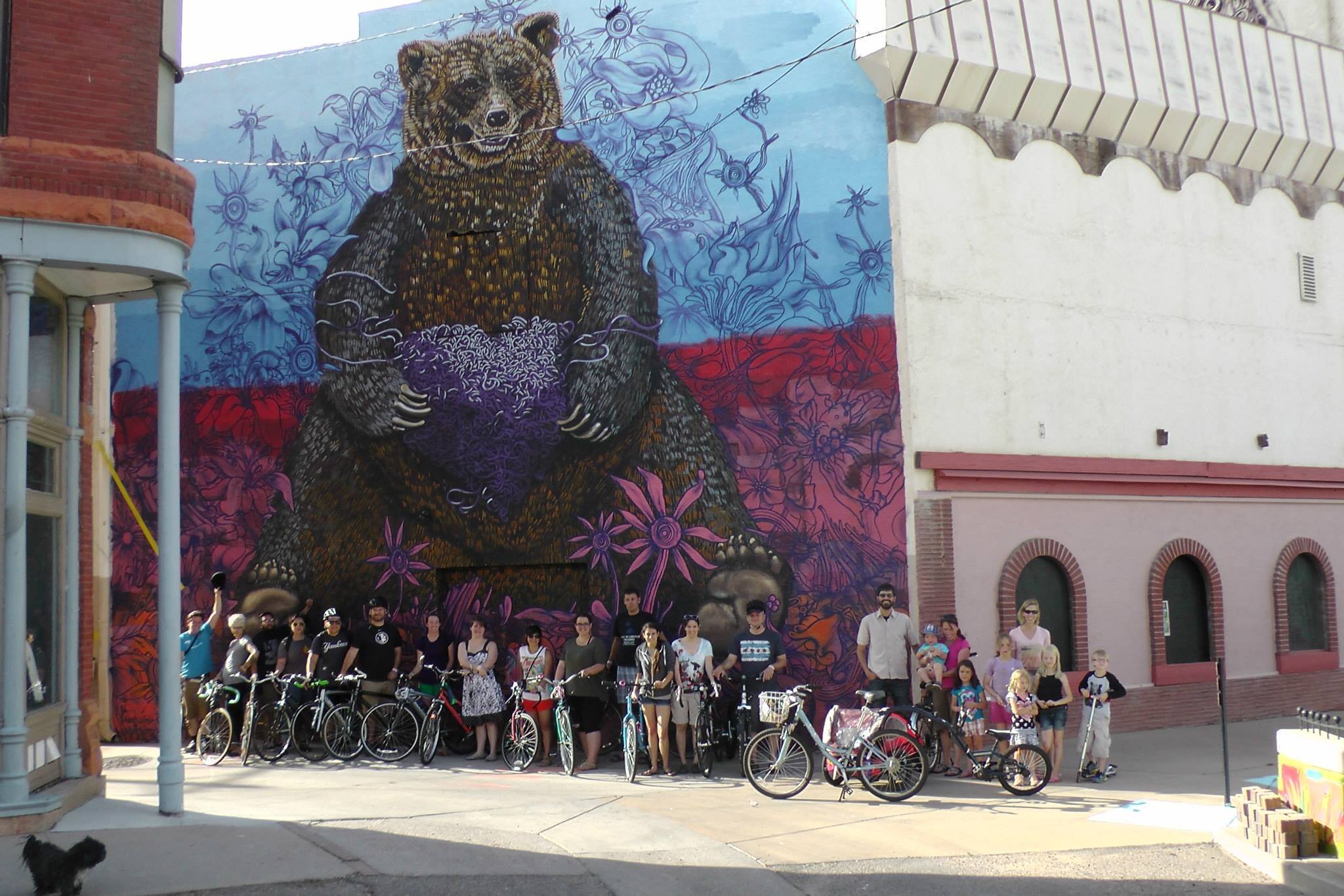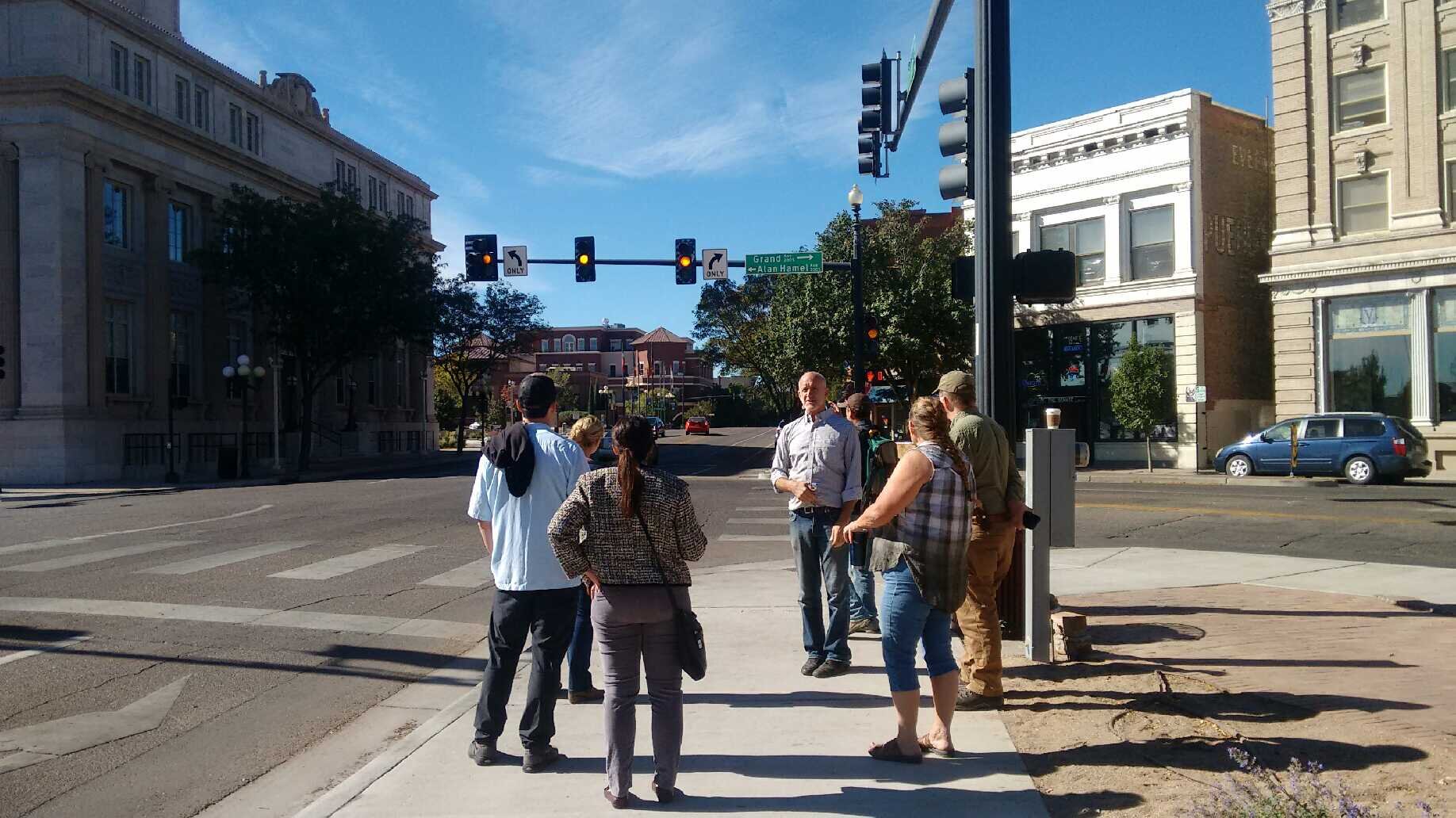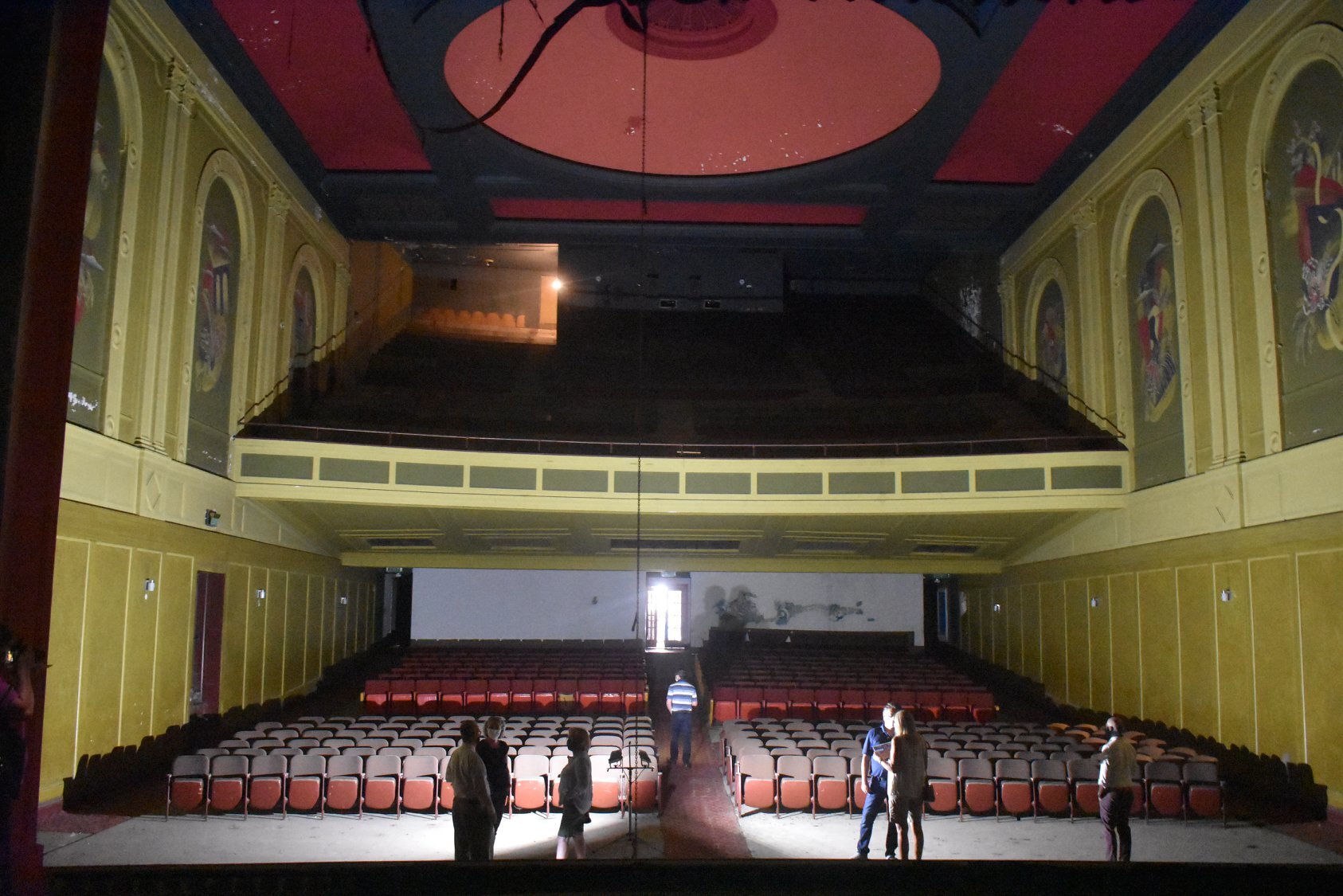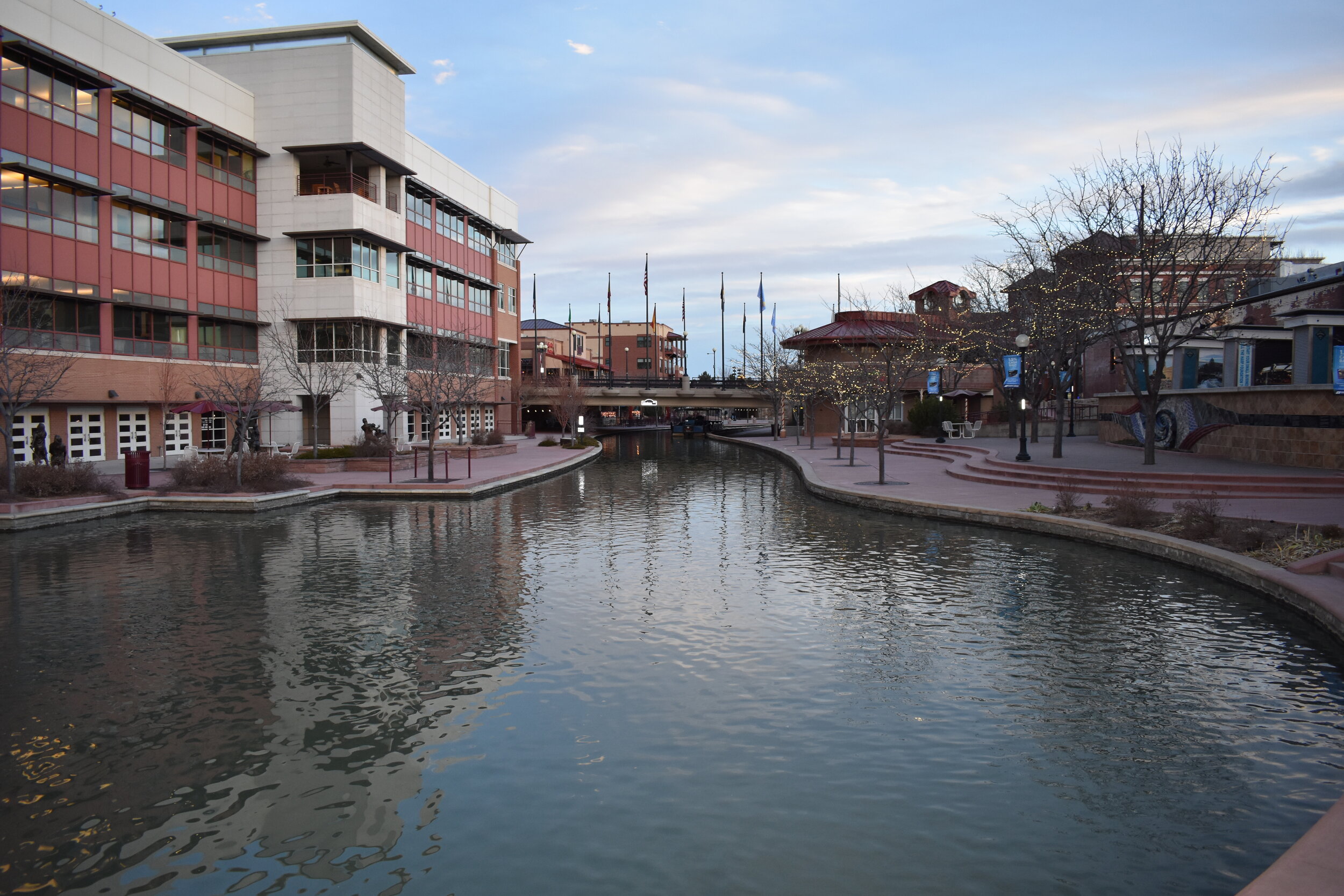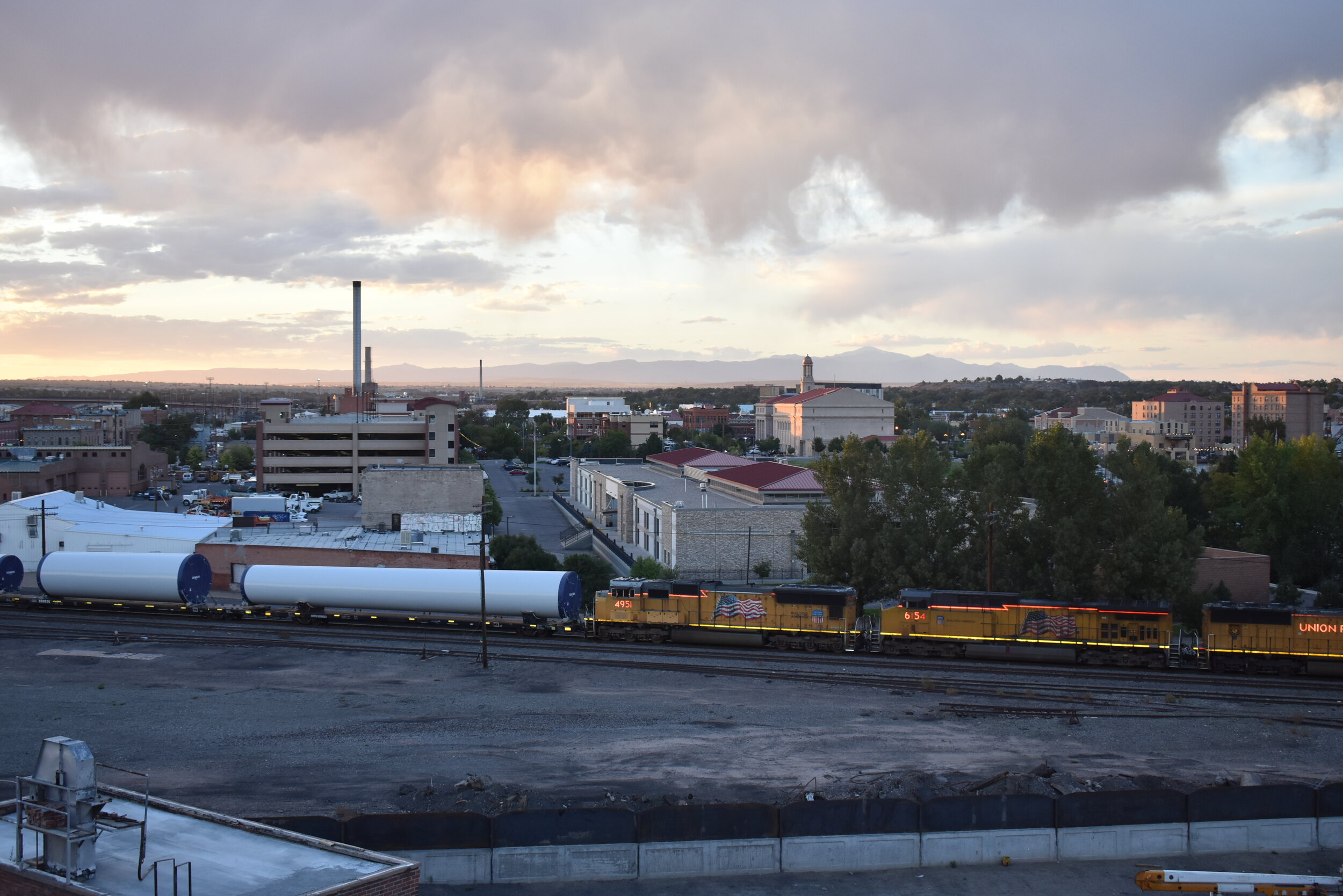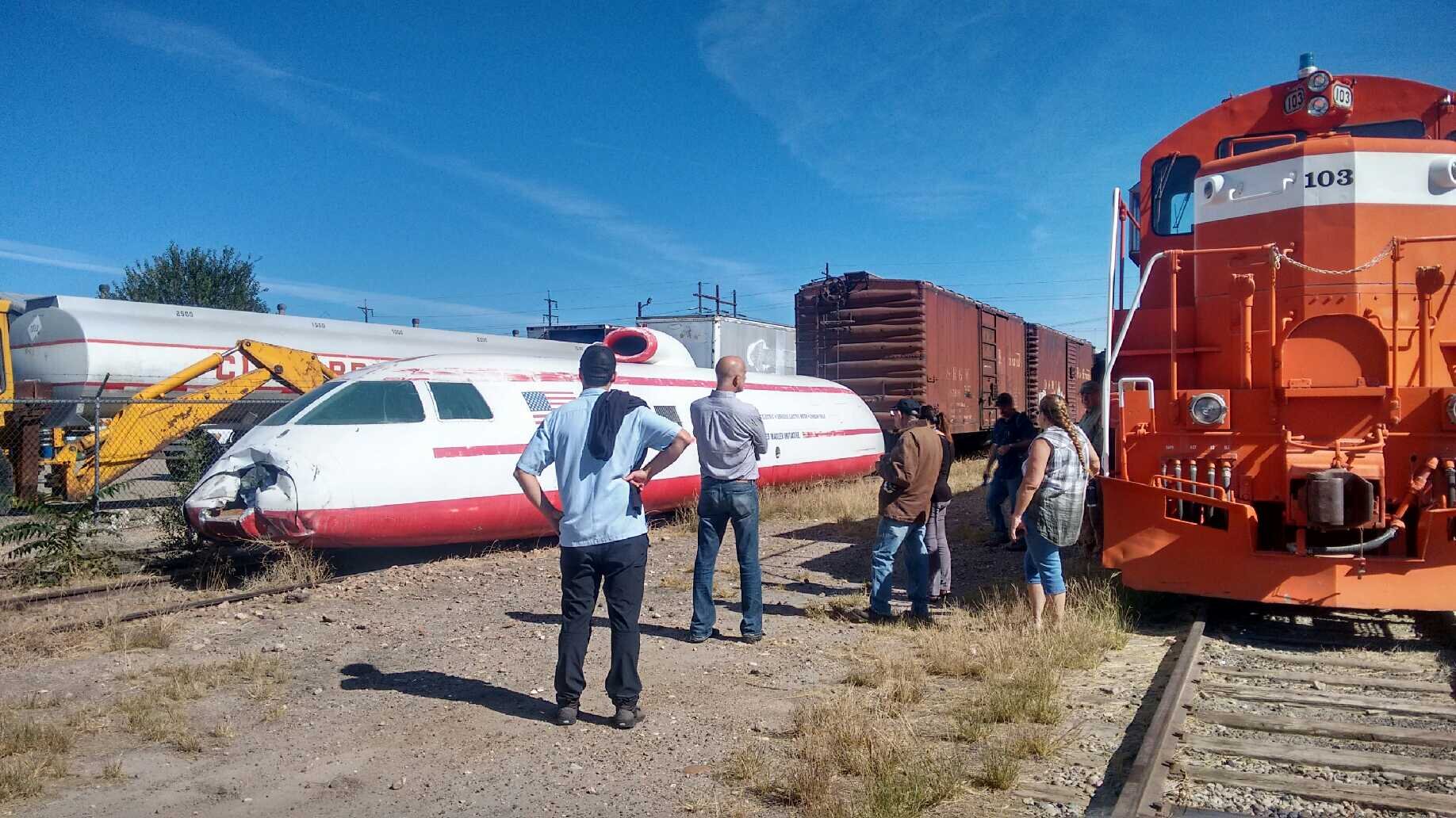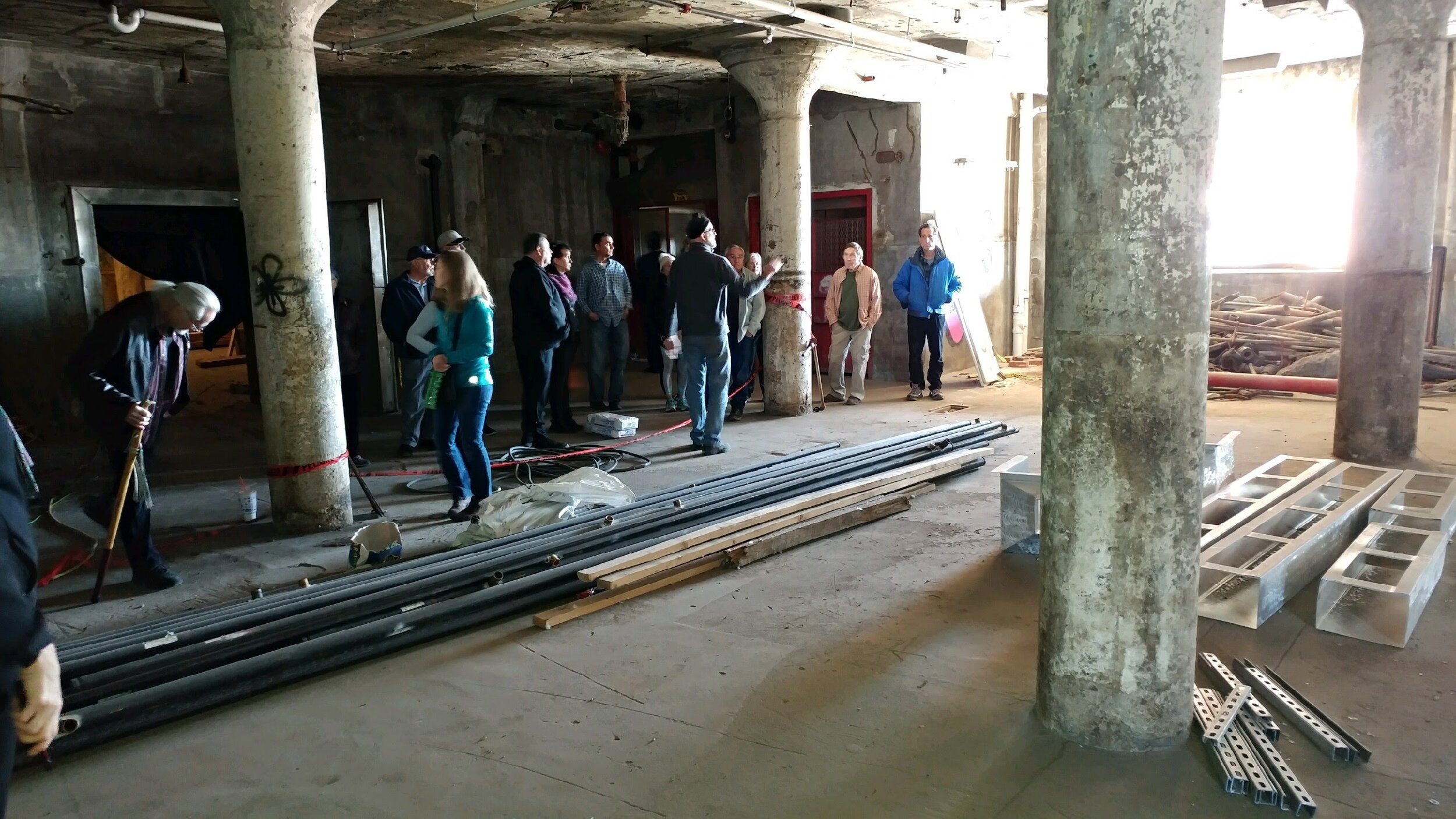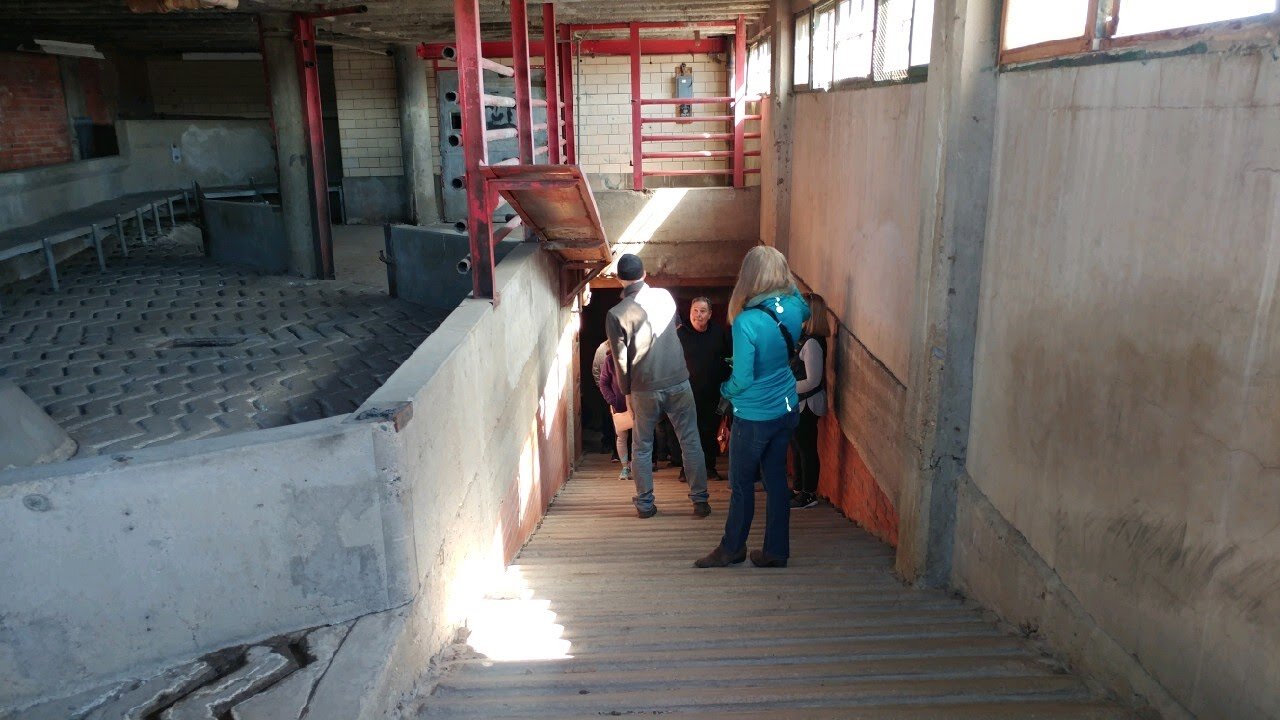Watertower Place in the heart of the historic Grove neighborhood next to the Riverwalk and is positioned to become a major tourist destination in Pueblo with its unique history, architecture, public tours, CSU Pueblo Office, Storytelling Makerspace, Nonprofit Alley, restaurants, retail, office and more.
Colorado Tourism Challenges of 2020 Tackled by Governor, State and Federal Government
Urban areas hit especially hard by COVID-19 global pandemic due to loss of meetings and conventions market
DENVER (August 6, 2021) – The COVID-19 pandemic caused global economic hardship and the travel industry was not immune. The release of the 2020 Dean Runyan Travel Study and Longwoods Travel USA Visitor Profile shows U.S. travel spending declined an estimated 36% in 2020. The Colorado travel industry was similarly affected, experiencing an estimated decline of 36.3% in travel spending, from a record $24.2 billion in 2019 to $15.4 billion in 2020.
“We knew the pandemic was having a severe impact on the tourism industry and now we have a better understanding to what extent,” said Jill Corbin, Interim Colorado Tourism Office (CTO) Director. “Fortunately the Governor, the Office of Economic Development and International Trade, the CTO and the legislature began working immediately on efforts to mitigate the impacts of the pandemic and continue to stand up recovery programs.”
Despite a strong start in 2020, Colorado tourism including ski resorts, indoor dining and events experienced hardship from the CDC’s protocols in response to the global pandemic that began in March. The state’s and the nation’s travel economy hit their lowest point in April 2020 when much of the country was under stay-at-home orders to protect public health. However, once restrictions were lifted, many parts of the state saw the return of domestic visitors.
Colorado was one of the first states in the country to begin to safely re-open which is why for Colorado, recovery began as early as June 2020 as the state’s natural and wide open spaces were inviting to travelers looking for safe, socially distanced getaways. Most notably, Colorado residents themselves represented 24% of overnight trips. Some parts of Southwest Colorado experienced positive growth as people sought out socially distanced destinations.
“As we began to responsibly welcome travelers back to Colorado, we focused on promoting and protecting our cultural, environmental and economic assets through both our ‘Do Colorado Right’ marketing campaign and expanding the Care for Colorado principles to include not only Colorado places, but also the people who call Colorado home,” said Corbin.
Other notable impacts from both studies include:
Direct travel-generated employment experienced a loss of approximately 31,700 jobs across the state. This represents a 17.5% decline in jobs directly related to travel. The largest amount of job losses occurred within the accommodations and food services sector, which lost approximately 19,900 jobs.
In 2020, statewide travel-related earnings dropped to $6.7 billion, a 9.7% decrease from 2019 levels.
Decreased travel spending led to a decline in taxes directly related to travel from approximately $1.5 billion in 2019 to $1.0 billion in 2020, a decrease of 31.3%. This tax amount is composed of $439 million in state taxes and $588 billion in local taxes.
Overall, visitors (overnight and day trips) were down 14.7% from 2019. Overnight visits were the most affected by the pandemic, down 21% from 2019 while day trips – mostly by Colorado residents – were down only 9.4%. This reduced the economic impact of the tourism industry because day trips do not spend the same amount as overnight and out-of-state visitors.
Meetings & Events were especially impacted due to capacity constraints which had a negative effect on Colorado’s Front Range. Denver County, which accounts for approximately a quarter of all travel-related spending in the state of Colorado, showed a 56% loss in travel spending, significantly higher than the statewide average of 36.3%. El Paso, Arapahoe, Routt, and Larimer Counties also experienced high levels of absolute spending losses.
International travel was also greatly impacted. In 2019, Colorado welcomed 1.053 million international visitors, which decreased 73% in 2020. International visitors represent Colorado’s highest value tourist, spending up to five times more per person than a domestic tourist. U.S. borders remain largely closed to international visitors and recovery of international markets is not expected until 2024.
What the state is doing to build back STRONGER
While Colorado’s tourism industry began recovering in June 2020 primarily through in-state travel, the CTO worked with Governor Polis and legislators to further support and expand the recovery to include the higher dollar, out-of-state traveler. These efforts include:
The Colorado Tourism Office prioritized recovery initiatives from the start of the pandemic. A key highlight of this work included the receipt of a $2.4M CARES Act Recovery Assistance from the U.S. Economic Development Administration in January 2021. An initial focus of this grant includes the development of the Colorado Tourism Roadmap to Recovery, a new five-year strategic plan to drive near-term recovery and to foster long-term resilience for the Colorado tourism industry.
In July 2021, the Colorado Tourism Office approved 28 Colorado tourism destinations to participate in the Restart Destinations Program. Participants will receive an assessment of their destination’s recovery, a community visioning and action planning workshop, 75 hours of technical assistance to advance priority projects and direct marketing support from the Colorado Tourism Office.
In June 2021, the Department of Local Affairs’ Colorado Resiliency Office, in partnership with OEDIT’s Rural Opportunity Office, selected 16 regional teams representing 169 rural communities across Colorado to participate in the Roadmap to Recovery program. This program supports all aspects of the economy in rural Colorado, including tourism.
Legislators passed and the Governor signed HB21-1263 creating the Meeting & Event Incentive which provides $10M to incentivize meetings and events, one of the areas hardest hit by the pandemic. This program provides a 10% cash rebate against eligible hard costs for hosting meetings and events in Colorado that take place on or after July 1, 2021 and on or before December 31, 2022. The minimum rebate is $3,500 and the maximum rebate is $100,000.
As of June, leisure and hospitality employment in Colorado is down only 11.5% from pre-pandemic levels according to the Colorado Bureau of Labor Statistics,” said Patrick Meyers, Executive Director of the Colorado Office of Economic Development and International Trade and the state’s Chief Economic Recovery Officer. “This is a good indicator that we are moving in the right direction and the quicker people get the COVID vaccine, the quicker our tourism economy will continue to recover.”
Colorado continues to look to the Economic Development Administration and other federal programs for additional funding sources to aid with the recovery as well as our long-standing programs such as the Marketing Matching Grants and Tourism Development Grants. Both of these programs have been enhanced in 2021 to offer bigger awards and require lower matching requirements. More information regarding these programs will be announced shortly.
The Colorado Tourism Office will continue to work with the CDC and the Colorado Department of Public Health and Environment to monitor health trends and responsibly manage the rebuilding of our tourism industry.
For more details on the Longwoods and Dean Runyan tourism studies, visit oedit.colorado.gov/tourism.
###
About the Colorado Tourism Office
The Colorado Tourism Office (CTO) is a division of the Colorado Office of Economic Development and International Trade. The CTO’s mission is to generate traveler spending through the promotion of Colorado as a four-season, four-corner, world-class travel destination and the development of compelling, sustainable travel experiences. In 2019, Colorado travelers directly spent $24.2 billion, generating $1.49 billion in local and state revenues. Replacing those revenues would have cost each Colorado household $707 in additional taxes last year. Tourism is the state’s second-largest employer, directly supporting 181,200 jobs in 2019. For more information, please visit oedit.colorado.gov/tourism.
Follow Colorado on Twitter, Facebook, Instagram, Pinterest, and YouTube.
Media are invited to visit the Colorado Media Room for story ideas, news releases, image gallery, and other resources.
About Colorado Office of Economic Development and International Trade
The Colorado Office of Economic Development and International Trade (OEDIT) works with partners to create a positive business climate that encourages dynamic economic development and sustainable job growth. Under the leadership of Governor Jared Polis, we strive to advance the State’s economy through financial and technical assistance that fosters local and regional economic development activities throughout Colorado. OEDIT offers a host of programs and services tailored to support business development at every level including business retention services, business relocation services, and business funding and incentives. Our office includes the Global Business Development division; Colorado Tourism Office; Colorado Outdoor Recreation Industry Office; Colorado Creative Industries; Business Financing & Incentives division; the Colorado Small Business Development Network; Colorado Office of Film, TV & Media; the Minority Business Office; Employee Ownership Office; and Rural Opportunity Office. Learn more at oedit.colorado.gov.


